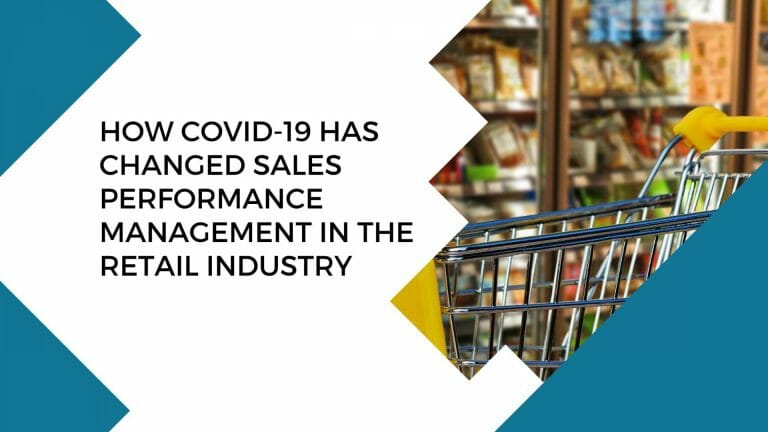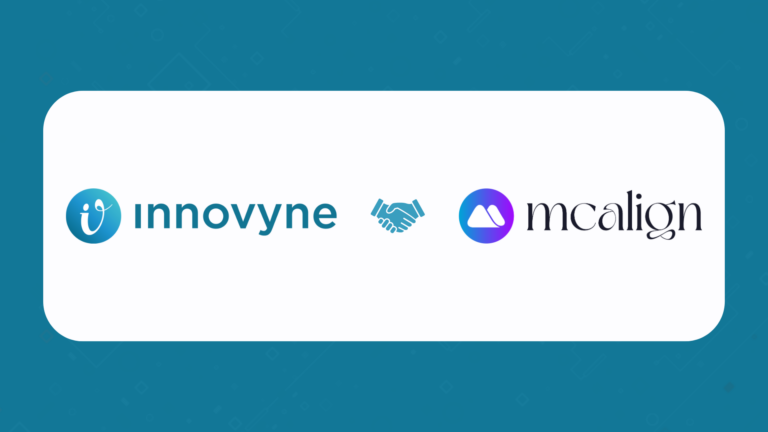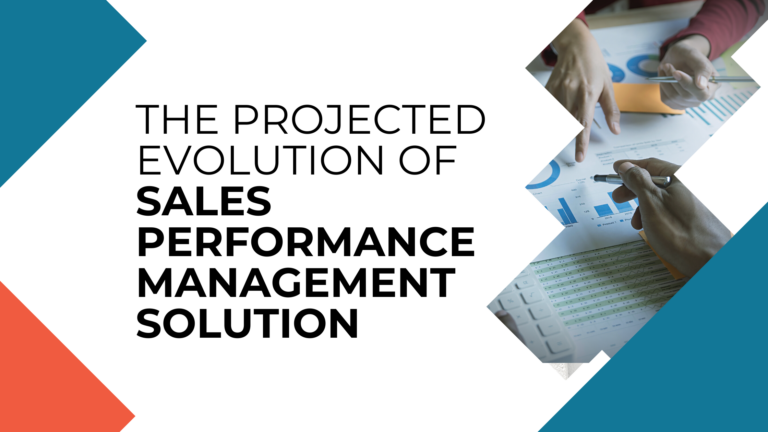The retail landscape has undergone a severe disruption in 2020. Modern retail has already seen its fair share of challenges over the years with growing overseas competition, international sourcing issues, pricing pressures, socioeconomic changes and the overwhelming power of digital technology over consumers. Retail has struggled with the unpredictability of the consumer landscape, cutthroat competition from new market entrants and the grave potential for declining growth. All this combined with the turbulence caused by a global pandemic has turned the retail industry, as we know it, upside down.
Changes in the business models
The recent, albeit forced, shifts in the retail markets have changed the fundamental business model for many retailers and accelerated trends that will impact the global retail industry for years to come. The relentless efforts to cut costs and an increased focus on the consumer were already key trends that the sector had focused on in recent years. Omni-channel strategies were increasingly becoming the focus for many retailers as the consumers moved from a purely brick-and-mortar experience to demanding a seamless, multi-channel experience combining the digital world with brick-and-mortar service. These trends, though front-of-mind for many retail leaders previously, have become a necessity to keep the business alive and relevant in a world violently affected by COVID-19.
As many remember, once upon a time brick-and-mortar ruled the retail landscape. In recent years, physical stores were combined with a digital model to cater to consumer needs faster and more easily. E-commerce giants gained traction with the new demographics of tech-savvy consumers and posed a significant challenge to the traditional retail models. Consumers were getting used to the idea of a “click-of-a-button” buying experience. Brick-and-mortar was slowly shifting to become the customer experience center for brands with a majority of sales happening online.
Migration to digital commerce
To accommodate forever changing consumer habits and appease consumer hunger for novel experiences, retail brands were in a race against time to adjust the business model to maximize the impact of experiential retail on sales, whether in-store or online. Personalization was becoming increasingly important for consumers and retailers had caught on to what the market had been demanding. But 2020 changed everything. The change moved through the retail industry like wildfire.
The global pandemic brought a host of unforeseen changes while speeding up a transformation that began well before 2020. Unprecedented closures of long-time brands and physical stores suddenly exposed the retail industry to a new divide: essential retailers versus non-essential retailers. New health and safety protocols introduced new challenges for organizations that have served markets physically. Many retailers were left reeling from the sudden onset of the pandemic forcing many toward a forced pivot to digital, sending shipping costs skyrocketing and disrupting the existing sales model thoroughly.
In the new business model, sales channels have predominantly moved online with many remaining brick-and-mortar centers acting as order picking and fulfillment centers. With lockdowns and stringent safety regulations, the dream of in-store experiential retail faltered and came to a screeching halt. Instead, to minimize the risk of being infected with the new virus, consumers across the globe turned to technology to place their orders while stores remained barely open except for curbside pick-ups and deliveries.
The Census Bureau of the Department of Commerce announced that while total retail sales showed a year-over-year decrease of 3.6% in the second quarter of 2020, e-commerce sales increased by approximately 44.5% for the same period.
Challenges in sales performance management
A growing trend and a solace for retailers, this unexpected e-commerce boom has presented a host of challenges when it comes to sales performance management. With the migration to digital commerce and the shift in sales model, many retailers are now looking at existing sales employees as customer experience reps rather than sellers.
Organizations are not only changing sales models but realigning their resources to fill new or updated roles. Some global avant-garde retailers are leveraging their rep’s sales expertise to showcase items through online channels, answer prospect questions about products and generate demand. Others have converted employees classified under sales to simple fulfillment reps. These types of changes have impacted the incentive compensation model significantly with sales roles changing from a variable compensation structure based on sales to metrics that focus on customer satisfaction and demand generation.
Some retailers, however, with a persistent focus on store sales have had to partially adapt to a remote-work model with managers conducting some of their daily duties such as employee performance management online. With such a sudden change from on-site to remote performance management, both retailers and employees are struggling to stay aligned on the new expectations, deliverables and responsibilities.
Without the right tools, effectively communicating new compensation plans and incentives has become quite difficult in the age of remote work. At a time when aligning employees to new business priorities is more critical than ever for the sustainability of the business, retail organizations are quickly realizing the need to understand employee performance data in a way that enables them to revise and create compensation programs that drive the desired behavior and incentivize employees to maximize output.
Retailers also face the daunting task of re-skilling employees on immediate areas of requirement such as order-picking and delivery instead of in-store sales. From workforce re-skilling to adapting quickly to short-term disruptions, retailers worldwide are now laser-focused on ensuring that employees can pivot with confidence and without delay to the changing priorities and needs of the business.
Impacts in forecasting accuracy
Another area of great importance for the retail sector is accurately forecasting demand for products. Given the new safety mandates, the low in-store traffic and a digital sales boom, retail companies are focused, more than ever, on keeping a tight handle on sales forecasts to manage inventory, human resources and cash flow. An accurate sales forecast is critical for a retailer to manage not only their inventory but their entire supply chain. An accurate demand forecast can mean the difference between cash lost on unsold inventory versus increased sales on essential products.
Having near real-time analytics that correctly identifies appropriate demand for the right products as per immediate market needs, short-term fluctuations in demand and the evergreen essentials is crucial to ensure that retailers stay relevant to their customers at all times without losing money on inventory that has the possibility to be obsolete. In addition to inventory considerations, new products may mean employee up-skilling or re-skilling depending upon the nature of the products. Should the new products need buyer education to happen in-store, retailers have to plan for the need to answer customer questions on-site by ensuring proper human capital is allocated at the right times.
Conclusion
Ultimately, the pandemic has accelerated the dawn of a new era in retail. One part of the change is welcome and boosts revenue through a much-needed, sometimes forced, digital transformation. The other side of the equation forces the industry as a whole to be party to a game of survival-of-the-fittest with new norms, constant market fluctuations and the requirement to be able to conduct a complete pivot of business models and priorities immediately. But in all these areas, a critical need has emerged – a need for the ability to efficiently to draw accurate insights from existing data and improve business outcomes, to plan for a sustainable future and optimize employee performance by aligning employee priorities with the strategic objectives of the business at all times.
Sales Performance Management (SPM), which previously focused on in-store employee management, now combines the comprehensive omnichannel worldview when optimizing employee experience for greater revenue returns. Savvy retailers already leverage robust SPM tools to automate the creation and effective communication of incentives and rewards and analyze, plan, and rapidly adjust compensation for short-term demands that impact employee priorities.
In addition to trying employee incentives to business results, retailers are increasingly leveraging SPM solutions to draw critical actionable insights from compensation, performance and employee data to maximize employee productivity and improve business performance.
Click here to learn more about how retailers are leveraging SPM solutions to address industry-related challenges.



